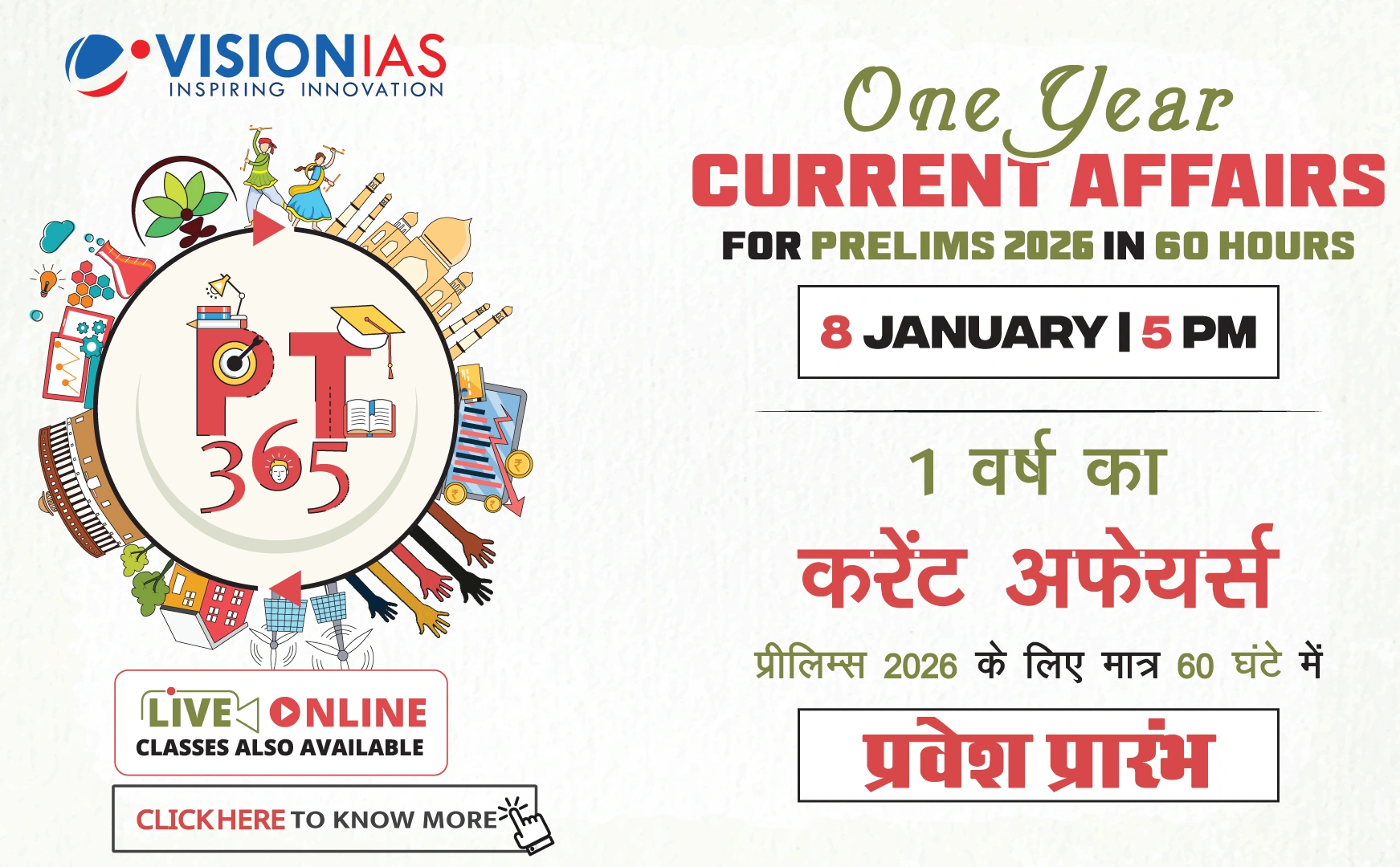Integrating Palliative Care in India
In India, millions endure unnecessary suffering due to a lack of accessible palliative care, which is crucial for providing comfort and dignity to those with terminal conditions. Despite its importance, palliative care is underfunded and underutilized in the country.
Importance and Current Scenario
- Palliative Care Definition: Specialized care addressing physical, emotional, social, and spiritual needs, focusing on alleviating pain rather than curing diseases.
- Global Need: WHO estimates 40 million people need palliative care annually, with 78% in low- and middle-income countries. Only 14% receive this care.
- India's Context: Annually, 7-10 million people need palliative care; however, only 1%-2% access it.
Challenges in Palliative Care Delivery
- Health System Strain: Rising non-communicable diseases increase demand for palliative care, adding pressure to India's already strained health-care system.
- Access and Equity: Despite being included in the 2017 National Health Policy, access remains uneven, especially in rural and economically disadvantaged areas.
- Shortage of Trained Professionals: Lack of specialized training limits doctors' ability to provide comprehensive care. India's doctor-population ratio is 1:834, but specialists in palliative care are few.
- Infrastructure and Funding: Limited funding and infrastructure hinder integration into tertiary care.
- Public Awareness: Misconceptions and late-stage access due to limited public understanding of palliative care.
Recommendations for Improvement
- Education and Training: Integrate palliative care into MBBS curriculum and leverage nursing and allied health professionals through targeted training.
- Task-Shifting: Utilize India's large base of registered nursing personnel and allied health professionals to bridge gaps in care delivery.
- Policy and Funding: Allocate dedicated funding, expand insurance coverage (e.g., Ayushman Bharat), and partner with NGOs and private institutions.
- Public Awareness Campaigns: Educate communities on the benefits of palliative care to encourage early access and policy support.
Global Practices and Adaptation
- The U.S. model emphasizes robust funding, insurance coverage, and hospice care, focusing on patient-centered care.
- India can adapt these practices, considering its unique cultural and economic context, to improve health outcomes.
In conclusion, integrating palliative care into India's health-care system requires a multi-pronged approach, emphasizing capacity building, education, professional empowerment, and systemic reform. This can transform end-of-life care and improve the quality of life for millions of Indians.



